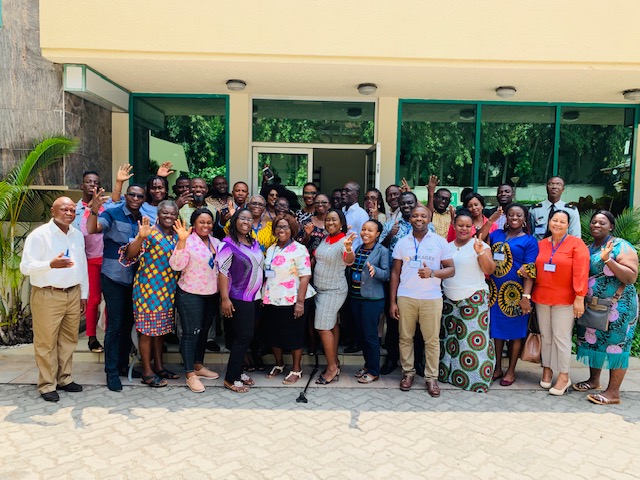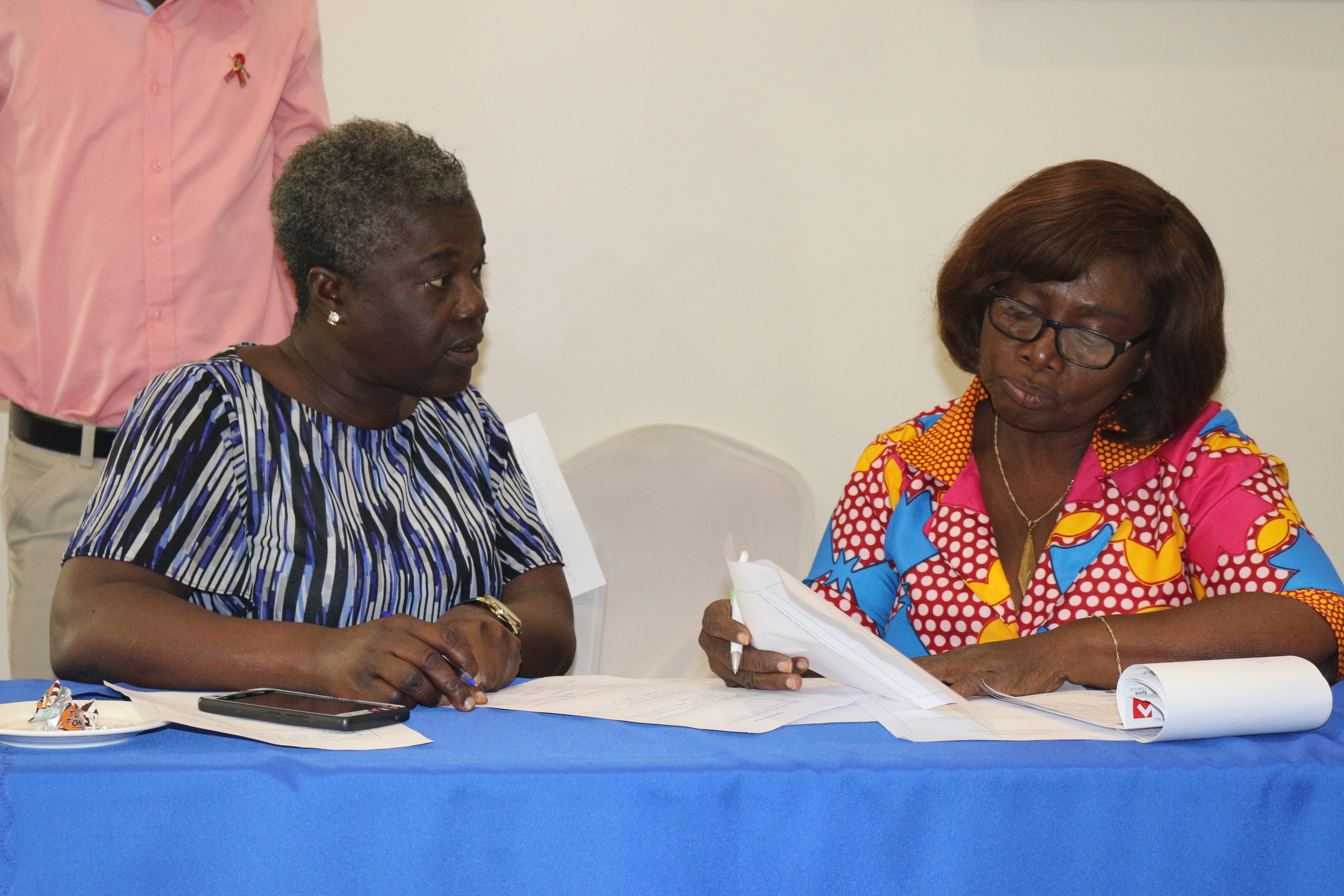Written by Tiffany Lillie, Senior Technical Advisor, LINKAGES

What is KPIF?
PEPFAR, via USAID, is providing the Meeting Targets and Maintaining Epidemic Control (EpiC) project Key Population Investment Funds (KPIF) to support a KP-led approach to accelerating progress toward the ambitious 95-95-95 goals in West Africa. The KPIF initiative is guided by PEPFAR 3.0 principles: leading with data-driven responses, focusing on populations with the highest level of HIV incidence, and emphasizing geographical areas (mainly urban) where the epidemic is rooted. The West African countries included in the KPIF plan are Burkina Faso, Ghana, Liberia, Mali, Senegal, and Togo.
Following USAID guidance, the objective of KPIF in West Africa is to achieve results across the HIV cascade, particularly for female sex workers (FSWs), men who have sex with men (MSM), and transgender people. A critical focus of these efforts will be scaling up index testing and the enhanced peer outreach approach (EPOA).
Focus on index testing and EPOA for greatest success
HIV prevention, care, and treatment programs in West Africa have increased the availability and uptake of services; however, greater progress is needed to reach the 95-95-95 goals. The first 95—to ensure those who are HIV positive know their serostatus—will become increasingly challenging as more individuals are identified. Traditional testing models that promote wide-scale testing uptake lead to using limited resources toward repeat testing of low-risk populations; more targeted approaches are needed. Scale-up of index testing and other innovative strategies such as EPOA will result in targeted HIV testing that is more efficient and customized to the unique characteristics of KPs.
Index testing is based on the World Health Organization (WHO) partner notification model, which elicits sexual and injecting partners, and biological children and biological parents of people living with HIV (PLHIV) through a safe, voluntary process that protects clients from violence using varying levels of engagement by the provider. Clinicians and community-based staff offer newly diagnosed individuals—after they are comfortable with their diagnosis and able to trust service delivery staff—four referral options. Those with multiple sexual partners are offered a fifth option: risk network referral (RNR).
Risk network referral (RNR) offers PLHIV expanded, easy, self-led, and even anonymous options for making online, mobile-technology-mediated, or coupon-based referrals for a broader set of network members (both social and sexual) whom they believe may benefit from HIV services. While typical index testing approaches result in high rates of case detection, they seldom result in high numbers of referrals because PLHIV may not feel comfortable with, or capable of, naming all of their partners and providing contact information. In addition, KP members may know and be able to refer other people who have elevated HIV infection risk but who are not their direct sexual or injecting partners. RNR, based on the preferences and needs of PLHIV, expands their options.
The EPOA is based on performance and incentives to reach those who cannot be found in hot spots or through traditional outreach activities. EPOA employs peer mobilizers (PMs) to reach peers in their social and sexual networks and encourage them to get tested, resulting in increased uptake of HIV testing and improved identification of those who are HIV positive. EPOA finds new groups of high-risk individuals not currently accessing HIV services.
More information on the differences between index testing, RNR, and EPOA can be found here.
West African trainings on index testing and EPOA

EpiC held regional trainings on index testing and EPOA Aug. 26–29 in Accra, Ghana, and Sept. 4–7 in Lomé, Togo. Technical and strategic information staff shared experiences, implementation challenges and solutions, and lessons learned. Participants included PEPFAR HIV testing service (HTS) implementing partners (IPs), representatives from country ministries, and representatives from USAID, U.S. Department of Defense (DOD), and Centers for Disease Control and Prevention (CDC).
In Lomé, participants also visited drop-in centers to discuss with staff how services such as EPOA and index testing are delivered.
Objectives
The trainings enhanced the capacity of participants to:
- Fully implement and manage index testing to increase HIV case identification as part of both facility-based and community-based HTS
- Integrate index testing into a more comprehensive framework that prioritizes rapid ART initiation and includes other testing modalities, within the context of the unique dynamics of KP networks, including RNR
- Fully implement and manage EPOA, or other social network strategies, to expand reach into lesser accessed populations who would benefit from HIV services to increase HIV case identification
Participants were introduced to implementation factors for index testing including:
- The concept, process, and ethical principles/considerations
- Communicating with patients, partners and families the importance and benefits, motivating clients to accept the service, and eliciting information on partners and high-risk network members
- Counseling techniques for individual situations, including but not limited to risk of intimate partner violence or loss of financial support, partner elicitation, and acceptance of HTS by sexual partners
- Follow-up of partner notification services (PNS); and
- Tracking forms and appropriate documentation of index client testing services.
Participants were introduced to implementation factors for EPOA including:
- The concept, process, and key elements
- The roles and how to select, manage, and support peer outreach workers and peer mobilizers in achieving results
- The implementation process to ensure fidelity; and
- Tools to track results and use data to improve implementation.
Training takeaways
Participants gained new ideas on improving HIV case finding and developed action plans to guide next steps for designing a technical assistance and mentorship plan through KPIF. Professional exchanges and networking will benefit participants in applying solutions and best practices in FY20. The trainings were one step in supporting countries to achieve the “first 95” goal.
